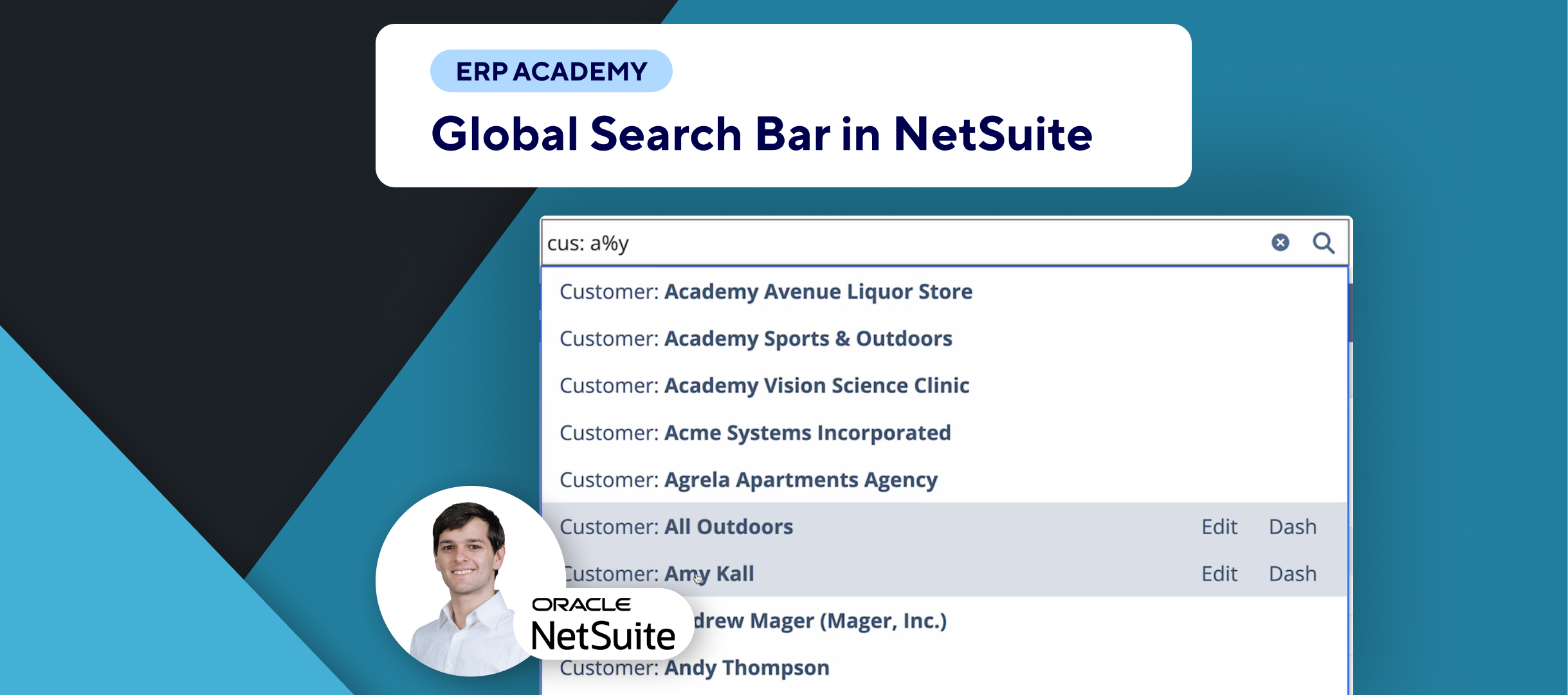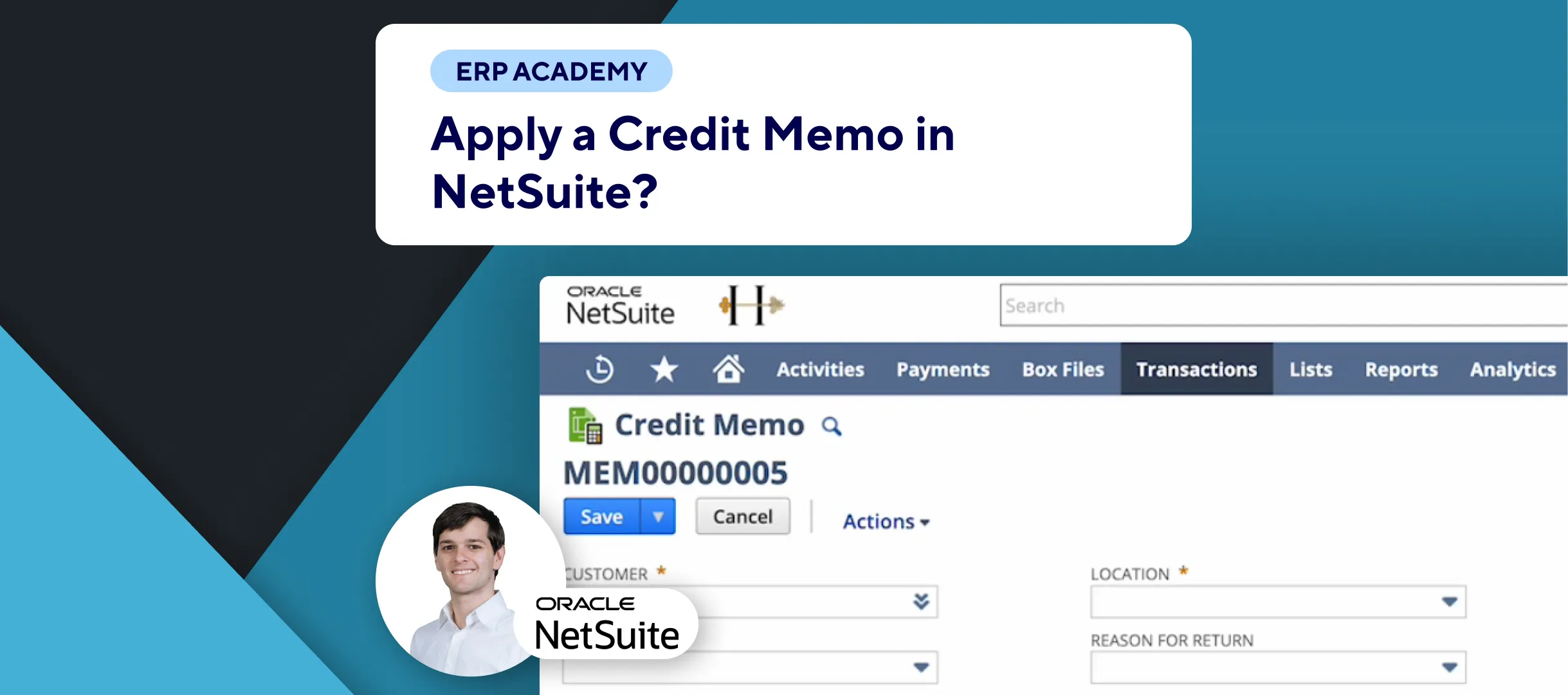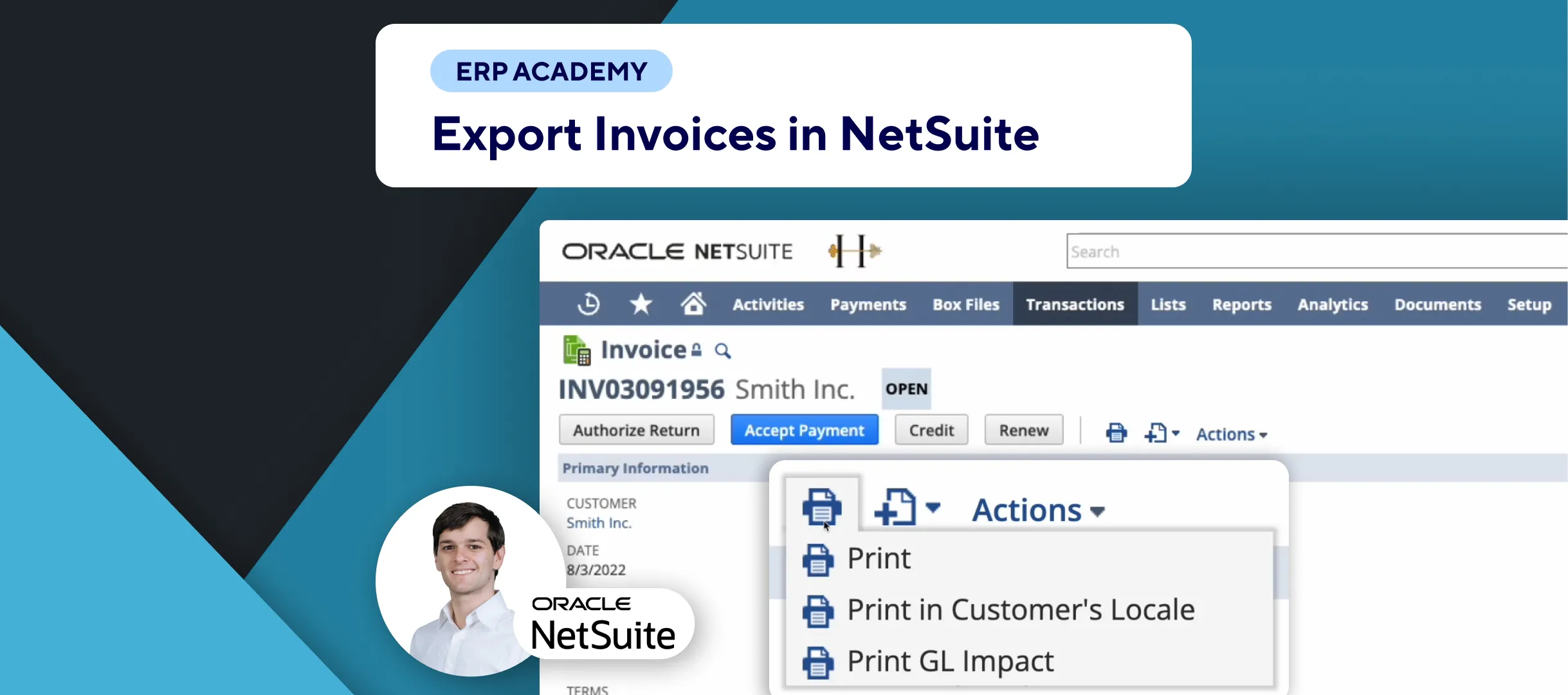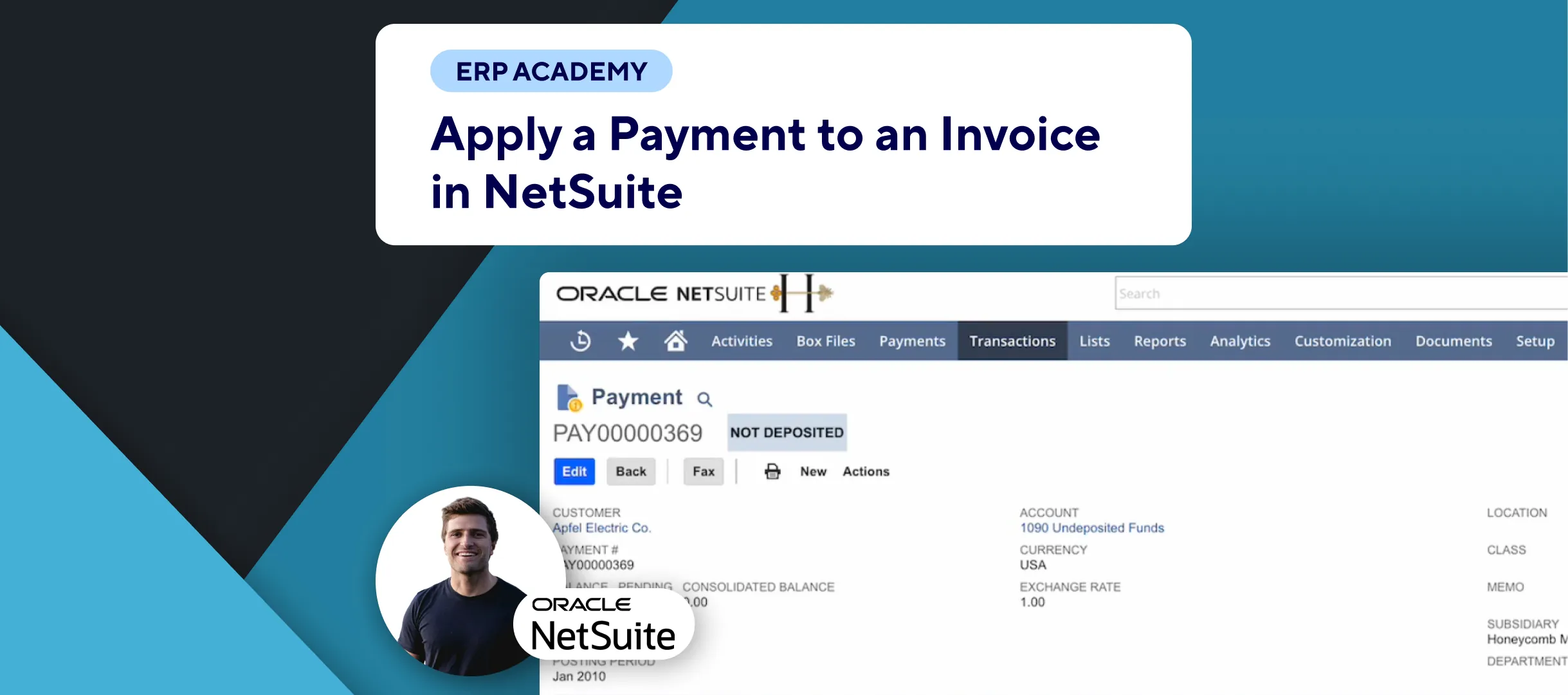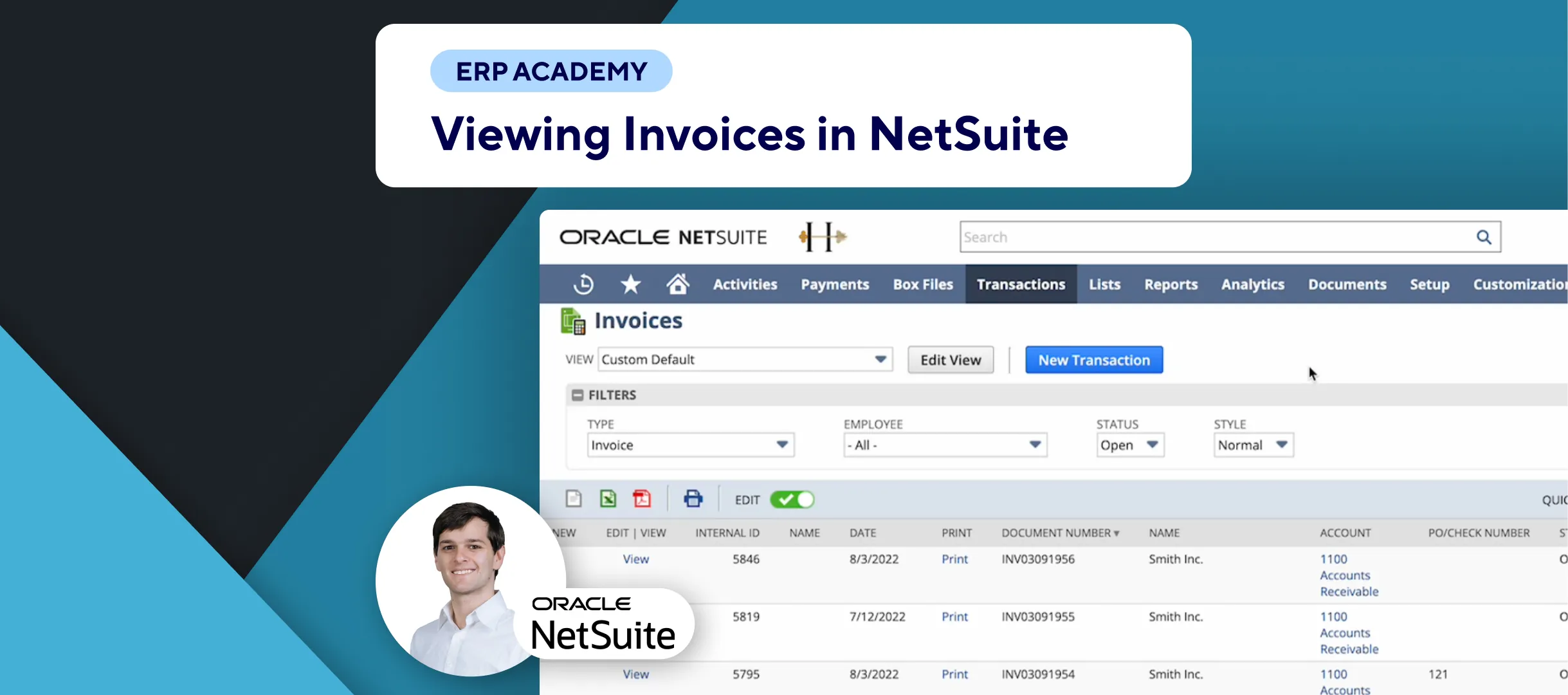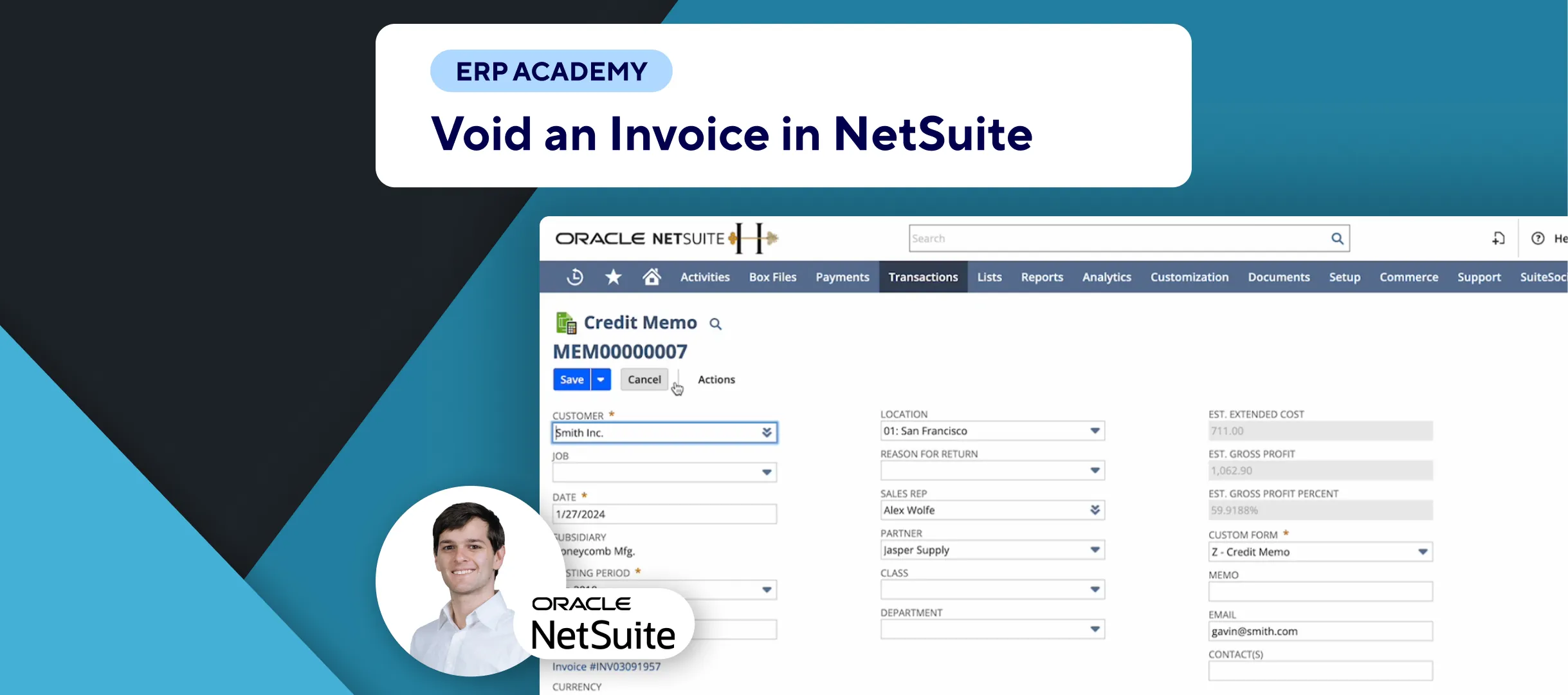🚨 Problem: Understanding and managing amortization schedules in NetSuite is essential for accurate financial reporting. This tutorial will guide you through the steps to view and interpret your amortization schedules in NetSuite.
Steps to View Amortization Schedules
- Navigate to Amortization Schedules:
- 📂 Go to: Lists > Accounting > Amortization Schedules.
- 🗂️ This will bring up a list of all amortization schedules in your NetSuite account.
- View a Specific Schedule:
- 👁️ Click on a schedule from the list to view its details.
- Understand the Schedule Details:
- 📋 Type: Indicates whether the schedule is standard or variable.
- 📈 Status:
- Not Started: No expenses have been recognized.
- In Progress: Some expenses have been recognized, but not all.
- Complete: All expenses have been recognized.
- 📄 Created From: Shows the transaction the schedule originates from. Click to view the originating transaction.
- 🗂️ Template Name: Indicates the template from which the schedule was created. Click to view the template details.
- Review Amounts:
- 💰 Amortization Amount: Total amount for the schedule, including recognized and unrecognized amounts.
- 🧾 Remaining Deferred Balance: Amount that has not yet been recognized.
- 📊 Total Amortized: Amount that has already been recognized to date.
Key Information on the Schedule Screen
- Type: Indicates the nature of the schedule (standard or variable).
- Status: Tracks the progress of expense recognition.
- Created From: Links to the originating transaction.
- Template Name: Links to the template used for the schedule.
- Amounts:
- Amortization Amount: Total scheduled amount.
- Remaining Deferred Balance: Amount yet to be recognized.
- Total Amortized: Amount already recognized.
Final Thoughts
Viewing and understanding amortization schedules in NetSuite is crucial for accurate financial management. By following these steps, you can easily access and interpret the key details of each schedule.

